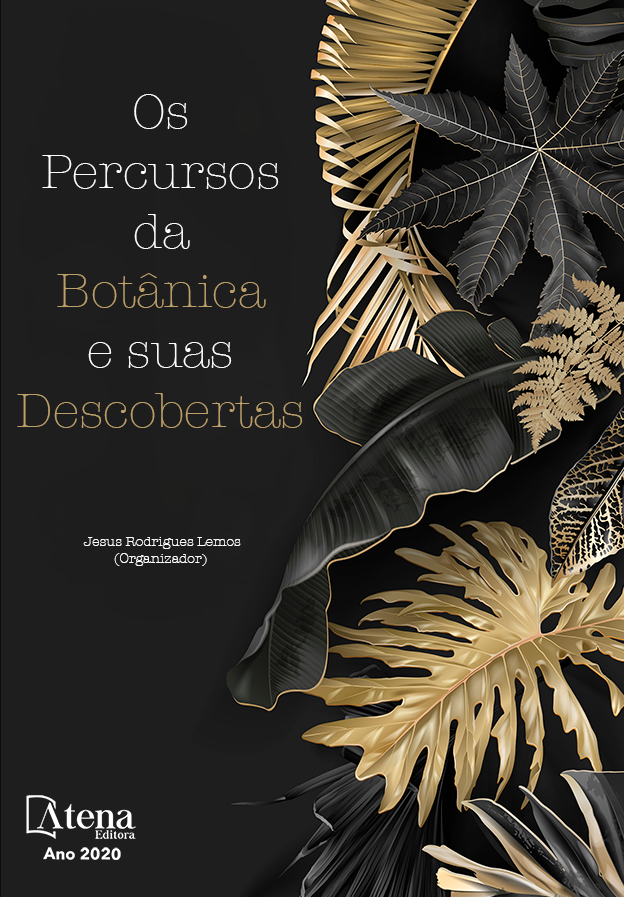
FABACEAE DO NORTE DO PIAUÍ: DISTRIBUIÇÃO GEOGRÁFICA E POTENCIAL ECONÔMICO DE SUAS ESPÉCIES
A família Fabaceae é a terceira maior família das Angiospermas, mundialmente representada por 770 gêneros e mais de 19.500 espécies. No Brasil é a família mais representativa em número de espécies, encontrada em diferentes regiões brasileiras. Apesar da ampla distribuição e representatividade florística, ainda não há um número suficiente de levantamentos florísticos no Piauí que possam expressar um registro significativo das espécies desta família. Neste sentido, este estudo visou contribuir para o melhor conhecimento das espécies desta família no Estado, especificamente em três áreas ocorrentes na mesorregião “Norte Piauiense”, uma área de transição Caatinga-Cerrado. Foram realizadas excursões de campo quinzenais, com caminhadas aleatórias para coleta do material botânico por toda a extensão possível das áreas englobada. Os espécimes coletados foram herborizados e identificados seguindo a metodologia usual em botânica e tombados no acervo do Herbário “HDelta”, da Universidade Federal do Delta do Parnaíba-UFDPar. Dentre os 53 taxa registrados da família Fabaceae, a subfamília Caesalpinioideae se destacou com a maior representatividade de espécies, seguida de Papilionoideae, Detarioideae e Cercidoideae. Os gêneros com maior riqueza de espécies foram Senna Mill., Mimosa L., Aeschynomene L. e Albizia Durazz. O hábito arbóreo foi o mais representado, seguido pelo arbustivo, trepador e herbáceo. No que se refere à distribuição geográfica das espécies em comuns à área estudada, a maioria converge com espécies ocorrentes em vegetação de restinga e, verificando o potencial econômico das espécies, há um maior número nas categorias de uso combustível e medicinal, seguido por madeireiro. As espécies registradas neste levantamento fornecem um panorama genérico da área estudada, entretanto, há necessidade de um maior esforço de coleta, e, somadas as de estudos em outras áreas, poderá se alcançar um quadro mais representativo desta família na mesorregião, enriquecendo o conhecimento da composição florística piauiense como um todo. Assim, este estudo contribui para a ampliação do conhecimento da flora do norte do Piauí.
FABACEAE DO NORTE DO PIAUÍ: DISTRIBUIÇÃO GEOGRÁFICA E POTENCIAL ECONÔMICO DE SUAS ESPÉCIES
-
DOI: 10.22533/at.ed.6992004106
-
Palavras-chave: Fitodiversidade, Leguminosas, Transição Caatinga-Cerrado.
-
Keywords: Phytodiversity, Legumes, Caatinga-Cerrado transition
-
Abstract:
The Fabaceae family is the third largest family of Angiosperms, represented by 770 genera and more than 19,500 species worldwide. In Brazil it is the most representative family in number of species, found in different Brazilian regions. Despite the wide distribution and floristic representativeness, there is still not a sufficient number of floristic surveys in Piauí state that can express a significant record of the species of this family. In this sense, this study aimed to contribute to a better knowledge of the species of this family in the State, specifically in three areas occurring in the mesoregion “Norte Piauiense”, a Caatinga-Cerrado transition area. Fortnightly field trips were made, with random walks to collect botanical material over the entire possible area. The collected specimens were herborized and identified following the usual methodology in botany and registered in the collection of the Herbarium “HDelta”, from the Federal University of Delta do Parnaíba-UFDPar. Among the 53 registered taxa of the Fabaceae family, the subfamily Caesalpinioideae stood out with the highest representation of species, followed by Papilionoideae, Detarioideae and Cercidoideae. The genera with the highest species richness were Senna Mill., Mimosa L., Aeschynomene L. and Albizia Durazz. The arboreal habit was the most represented, followed by shrub, climbing and herbaceous. With regard to the geographic distribution of species common to the studied area, most converge with species occurring in restinga vegetation and, checking the species' economic potential, there is a greater number in the categories of fuel and medicinal use, followed by wood. The species registered in this survey provide a generic overview of the studied area, however, there is a need for a greater collection effort, and, added to studies in other areas, a more representative picture of this family in the mesoregion can be achieved, enriching the knowledge of floristic composition in Piauí state as a whole. Thus, this study contributes to the expansion of knowledge of the flora of northern Piauí state.
-
Número de páginas: 23
- Lucas Santos Araújo
- Jesus Rodrigues Lemos


